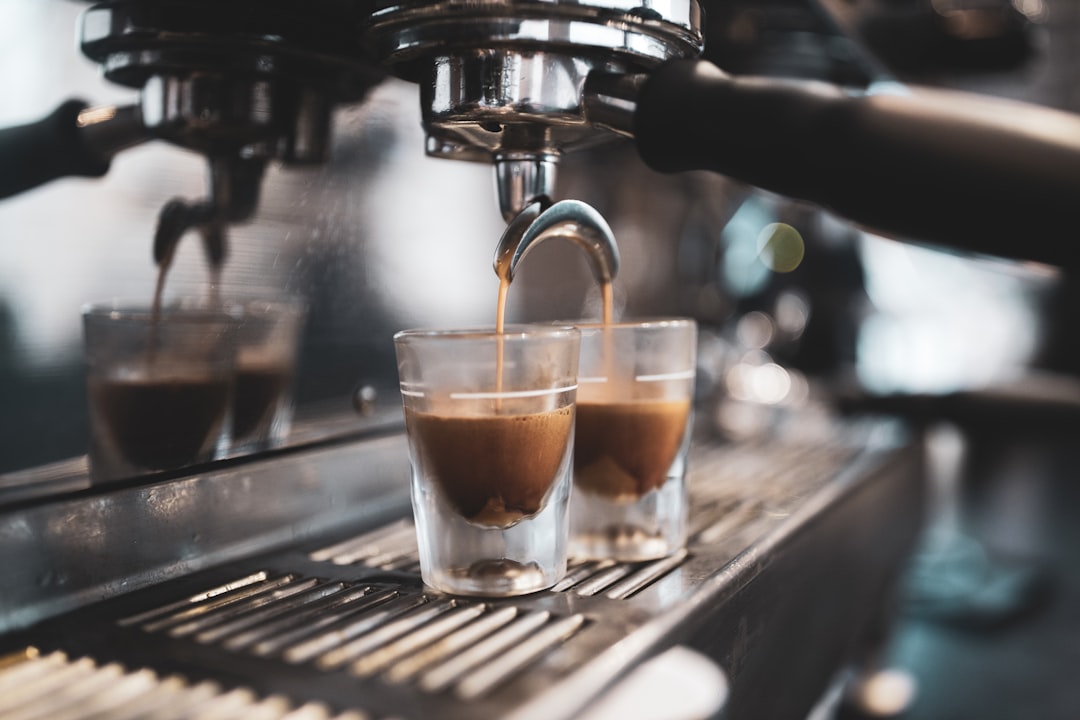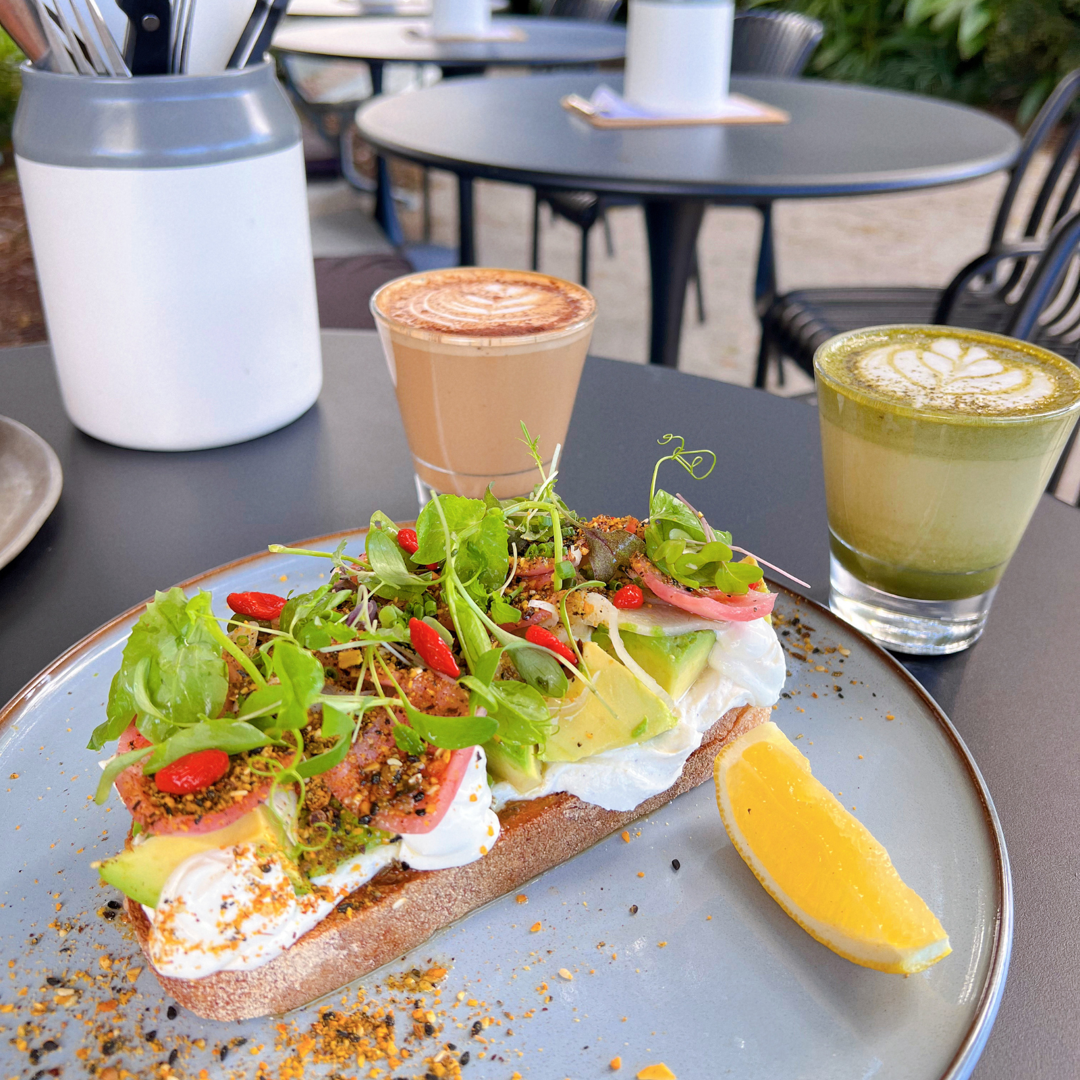Beginner's Guide to the Difference Between Coffee and Espresso

Why Understanding Coffee vs Espresso Matters for Your Daily Brew
What is difference between coffee and espresso comes down to four key factors that completely change your drinking experience:
| Factor | Coffee | Espresso |
|---|---|---|
| Brewing Method | Gravity-based (6-12 minutes) | High pressure (20-30 seconds) |
| Grind Size | Medium to coarse | Very fine |
| Serving Size | 6-8 oz cup | 1-2 oz shot |
| Caffeine per Ounce | ~12 mg | ~63 mg |
The biggest difference? Pressure. Coffee uses gravity to slowly extract flavours through medium-ground beans, while espresso forces hot water through fine grounds at 9 bars of pressure. This creates espresso's signature crema and concentrated taste.
Both drinks start with the same beans - it's all about how you brew them. Coffee gives you a larger, gentler drink perfect for sipping. Espresso delivers an intense shot that's the foundation for lattes, cappuccinos, and flat whites.
I'm Janice Kuz, owner of Flinders Lane Cafe in Maroochydore, and after 20+ years in hospitality, I've seen countless customers find their perfect coffee style once they understand what is difference between coffee and espresso. Let me walk you through everything you need to know to find your ideal brew.
What Is Coffee?
When most people think of coffee, they're picturing filter coffee or drip coffee - the comforting cup that's been a morning ritual for generations. This is coffee in its most traditional form, where gravity and patience work together to create something truly special.
Understanding what is difference between coffee and espresso starts here with regular coffee. We use the same quality Arabica or Robusta beans that go into espresso, but everything changes with how we treat them. The beans get ground to a medium consistency - imagine something between breadcrumbs and coarse sand.
Traditional coffee brewing follows a 1:18 ratio, meaning for every gram of coffee, we add about 18 grams of water. This creates a much more diluted drink compared to espresso's intense concentration. The magic happens over 6-12 minutes of brewing time, whether you're using a drip machine, pour-over, or French press.
What makes coffee brewing special is the gentle extraction process. Hot water between 88-96°C slowly pulls flavours from the grounds without burning them. This patient approach highlights the nuanced, complex flavour profile that showcases where your beans came from.
The result? A 95 mg caffeine hit per 8 oz cup that's perfect for leisurely sipping. Unlike espresso's concentrated 10-13% coffee solids, regular coffee contains about 1.5% - giving you that smooth, approachable taste that pairs beautifully with breakfast.
At our Maroochydore location, our Batch Brew exemplifies this traditional style perfectly. It's the ideal companion for those unhurried moments when you want to savour every sip, perhaps alongside our Chilli Scramble or Avocado Toast.
What Is Espresso?
Espresso is where coffee brewing transforms into high-pressure artistry. Born in Italy, the name literally means "pressed out" - and that perfectly captures what makes this brewing method so special.
The secret ingredient isn't actually an ingredient at all - it's pressure. Authentic espresso requires exactly 9 bars of pressure, which equals about 130 pounds per square inch. This intense pressure forces hot water (around 93°C) through very finely ground coffee in just 20-30 seconds.
What is difference between coffee and espresso becomes crystal clear when you look at the brewing ratios and timing. Espresso uses a tight 1:2 ratio of coffee to water, compared to coffee's more relaxed 1:18 ratio. Those 20-30 seconds of high-pressure extraction pull out 10-13% dissolved coffee solids, creating an incredibly concentrated brew.
The magic happens in that golden-brown foam layer on top - the crema. This forms when coffee oils emulsify under intense pressure. Crema carries concentrated aromas and creates that distinctive velvety mouthfeel that's impossible to achieve with gravity brewing methods.
Each espresso shot delivers about 63 mg of caffeine per ounce, packed into just 1-2 ounces of liquid. This concentration gives espresso its syrupy body and bold flavour that can hold its own against steamed milk in your favourite café drinks.
At Flinders Lane Cafe, our carefully pulled espresso shots become the foundation for everything from Flat Whites and Lattes to Cappuccinos and our popular Dirty Chai. The concentrated nature means maximum flavour impact in minimal volume - perfect for that quick morning boost or as the ideal finish to your weekend brunch.
What is difference between coffee and espresso
Understanding what is difference between coffee and espresso comes down to one fundamental concept: how water meets coffee. While both drinks start with identical beans, the brewing physics create completely different experiences in your cup.
The heart of the difference lies in pressure versus gravity. Your morning drip coffee relies on gravity's gentle pull, allowing hot water to slowly work through medium-ground beans over several minutes. Espresso uses 9 bars of mechanical pressure to force water through fine grounds in under 30 seconds.
This pressure difference creates a cascade of effects. Coffee's slow extraction allows water to dissolve different flavour compounds at different rates, creating complex, layered flavours. Espresso's rapid, high-pressure extraction pulls out oils, acids, and soluble compounds all at once, creating that signature golden crema and syrupy body.
The grind size requirements reflect each method's physics. Coffee uses medium to coarse grinds because water needs several minutes to flow through. Espresso demands very fine grinds - almost flour-like - because the high pressure needs maximum surface area to extract flavours in just 20-30 seconds.
Caffeine concentration gets interesting. Espresso packs about 63mg per ounce compared to coffee's 12mg per ounce. However, your standard 8oz cup of coffee delivers about 95mg total caffeine - more than a single espresso shot's 63mg.
At our Maroochydore location, we carefully match our grind and roast profiles to each brewing method. Our Batch Brew showcases the nuanced flavours that gentle extraction creates, while our espresso shots deliver the concentrated intensity perfect for milk drinks.
Check out our Beginner's Guide to Brew Coffee vs Espresso for detailed brewing techniques.
| Comparison Factor | Coffee | Espresso |
|---|---|---|
| Brewing Method | Gravity extraction | 9-bar pressure |
| Grind Size | Medium to coarse | Very fine |
| Brew Time | 6-12 minutes | 20-30 seconds |
| Water Ratio | 1:18 | 1:2 |
| Serving Size | 6-8 oz | 1-2 oz |
| Caffeine per Ounce | ~12 mg | ~63 mg |
| Total Caffeine | ~95 mg per cup | ~63 mg per shot |
| Coffee Solids | 1.5% | 10-13% |
| Crema | No | Yes |
| Texture | Light, clean | Syrupy, intense |
Brew method & time – what is difference between coffee and espresso
The brewing method and timing create the most dramatic differences between these drinks. Coffee takes the marathon approach to flavour extraction over 6-12 minutes, allowing selective extraction where acids and aromatics dissolve first, followed by sugars, then bitter compounds. This creates coffee's layered flavour profile.
Espresso sprints to the finish in 20-30 seconds under 9 bars of pressure. The high pressure and fine grind create massive surface area contact, allowing rapid extraction of oils, acids, and compounds simultaneously. This creates different flavour chemistry and espresso's characteristic intensity.
Grind & roast – what is difference between coffee and espresso
Grind size controls extraction rate by changing surface area. Coffee needs medium to coarse grinds for water to flow through over several minutes. Espresso demands very fine grinds - almost powder-like - so high pressure can extract flavours in 20-30 seconds.
Light roasts preserve origin characteristics and work well for filter coffee. Dark roasts develop oils on the bean surface and reduce acidity, traditionally preferred for espresso because the oils improve crema formation and lower acidity complements espresso's concentrated nature.
Caffeine, Taste & Versatility
The caffeine conversation around what is difference between coffee and espresso often surprises people. While espresso delivers a more concentrated hit at 63 mg per ounce, your standard 8 oz cup of coffee actually contains more total caffeine at around 95 mg per serving.
Espresso gives you that immediate energy punch, perfect for a quick morning boost. Coffee provides sustained energy over a longer drinking period - ideal for leisurely weekend mornings when you're settling in with our Bacon Benny.
The taste experience is where things get really interesting. Coffee offers nuanced, layered flavours that develop as you sip. Espresso hits you with intense, concentrated flavours right from the first sip. That signature crema carries concentrated aromatics and creates a creamy texture that coats your palate.
When it comes to versatility, both drinks shine in different situations. Coffee works beautifully for morning rituals when you want to ease into your day. It pairs perfectly with our Avocado Toast or Chilli Scramble, where the coffee's acidity cuts through rich, creamy foods.
Espresso's recipe flexibility makes it the foundation for countless drinks. Every Flat White, Latte, Cappuccino, and our popular Dirty Chai starts with a perfectly pulled espresso shot. The concentrated flavour holds up beautifully against milk.
For food pairings, coffee's brightness complements breakfast dishes wonderfully. Espresso's intensity makes it perfect as an after-meal digestif. At Flinders Lane Cafe, customers choose espresso-based drinks for quick energy boosts during busy weekdays, while our Batch Brew becomes the star of relaxed weekend brunches.
Whether you're after the gentle complexity of filter coffee or the bold intensity of espresso, understanding these differences helps you choose the perfect brew for your mood and moment.
Equipment & Home Brewing Essentials
Getting the right equipment makes all the difference between mediocre and exceptional coffee or espresso at home.
Espresso Equipment Essentials
Espresso Machine: You need a machine capable of generating 9 bars of pressure consistently. Options include manual lever machines, semi-automatic machines, and fully automatic machines.
Burr Grinder: Absolutely essential for espresso. Blade grinders create uneven particles that lead to poor extraction. A quality burr grinder ensures consistent, fine particles necessary for proper espresso extraction.
Scale: Precision matters in espresso. Digital scales help you maintain consistent dose ratios (typically 18-20g coffee for a double shot).
Coffee Brewing Equipment
Drip Coffee Maker: Simple and consistent for daily brewing. Look for models with temperature control and even water distribution.
Pour-Over Setup: Includes a dripper (V60, Chemex, or similar), filters, and gooseneck kettle for controlled pouring.
French Press: Full immersion brewing that's forgiving and produces rich, full-bodied coffee.
Maintenance Tips
Daily: Rinse all equipment after use, empty water reservoirs, store coffee in airtight containers.
Weekly: Deep clean portafilters and group heads, descale water lines if needed, clean grinder burrs.
Monthly: Full machine descaling, deep clean all removable parts, check and replace worn components.
Pro Tips: Preheat everything, use beans roasted within 2-4 weeks, filtered water improves taste significantly, measure everything consistently.
Start with basic, quality equipment and upgrade as your skills develop. Many customers at Flinders Lane Cafe started with simple setups and gradually built their home brewing arsenal.
Frequently Asked Questions about Coffee & Espresso
Does espresso have more caffeine than coffee per serve?
This question comes up almost daily at our Maroochydore café. What is difference between coffee and espresso when it comes to caffeine isn't straightforward.
Per ounce, espresso absolutely wins with about 63 mg of caffeine compared to coffee's 12 mg per ounce. That makes espresso roughly 5 times more concentrated in caffeine.
But here's where it gets interesting. A standard single espresso shot (1 oz) delivers about 63 mg of caffeine, while your typical 8 oz cup of coffee contains about 95 mg. So your regular coffee cup often contains more total caffeine than a single espresso shot.
The real difference is in how you experience that caffeine. Espresso hits you immediately because you consume it quickly. Coffee provides a more gradual caffeine release as you sip over 10-15 minutes.
Can I use regular coffee beans in my espresso machine?
There's actually no such thing as special "espresso beans." Those bags labelled "espresso" are simply the roaster's recommendation for beans that work particularly well with espresso brewing.
You can absolutely use any coffee beans in your espresso machine. The magic happens in how you prepare and brew them.
Roast level does make a difference though. Light roasts give you brighter, more acidic espresso with less crema. Dark roasts provide rich crema, full body, and lower acidity that works beautifully with milk.
The most crucial factor isn't the bean type but the grind size. Regardless of which beans you choose, they must be ground very finely for espresso.
Why does espresso have crema while coffee doesn't?
That beautiful golden-brown foam layer - the crema - is espresso's signature. It's impossible to achieve with regular coffee brewing.
Crema exists because of pressure - specifically the 9 bars of pressure used in espresso extraction. This intense pressure emulsifies the natural oils in coffee beans with water and releases carbon dioxide trapped inside the beans, creating stable foam.
Regular coffee brewing simply can't create crema because it relies on gravity rather than pressure.
Good crema tells you a lot about your espresso. Thick, golden crema indicates fresh beans, proper grind size, and correct extraction timing. We recommend stirring it in - the crema carries concentrated flavours that improve the entire shot.
Conclusion
Understanding what is difference between coffee and espresso transforms how you experience your daily brew and helps you find which style perfectly matches your mood and moment.
The journey we've taken together shows how the same coffee beans can create two completely different experiences. Coffee's gentle, gravity-based approach gives you time to savour nuanced flavours, while espresso's high-pressure intensity delivers concentrated punch in seconds.
After 20+ years in hospitality here in Maroochydore, I've watched countless customers find their perfect coffee style. Some fall in love with our Batch Brew paired with our Chilli Scramble on lazy weekend mornings. Others prefer the quick energy boost of a perfectly pulled espresso shot or Flat White before tackling their busy day.
Here's what I've learned: you don't have to choose sides. Many of our regulars accept both worlds. They'll grab an Iced Latte (espresso-based) for their afternoon pick-me-up, then settle in with a slow-brewed coffee when they want to unwind.
The beauty lies in matching your brew to your moment. Need quick energy and intense flavour? Espresso delivers. Want to savour the ritual and explore subtle taste notes? Coffee's your companion. Craving something creamy and comforting? Our espresso-based Dirty Chai or Cappuccino might be perfect.
What matters most is understanding what you're drinking and why you love it. Whether you're drawn to espresso's syrupy crema or coffee's bright acidity, knowing the science behind your cup deepens your appreciation for the craft.
Ready to explore both worlds? Come visit us at Unit 2/31 Flinders Ln, Maroochydore, where our passionate baristas can guide you through tasting both our expertly pulled espresso shots and carefully brewed filter coffee. We love helping people find their perfect coffee moment, whether that's a quick morning Piccolo or a leisurely afternoon Long Black.
Want to dive deeper into espresso-based drinks? Check out our Beginner's Guide to the Difference Between Flat White, Latte, and Cappuccino to master the milk-based classics.
Your perfect brew is waiting - and we're here to help you find it, one carefully crafted cup at a time.




